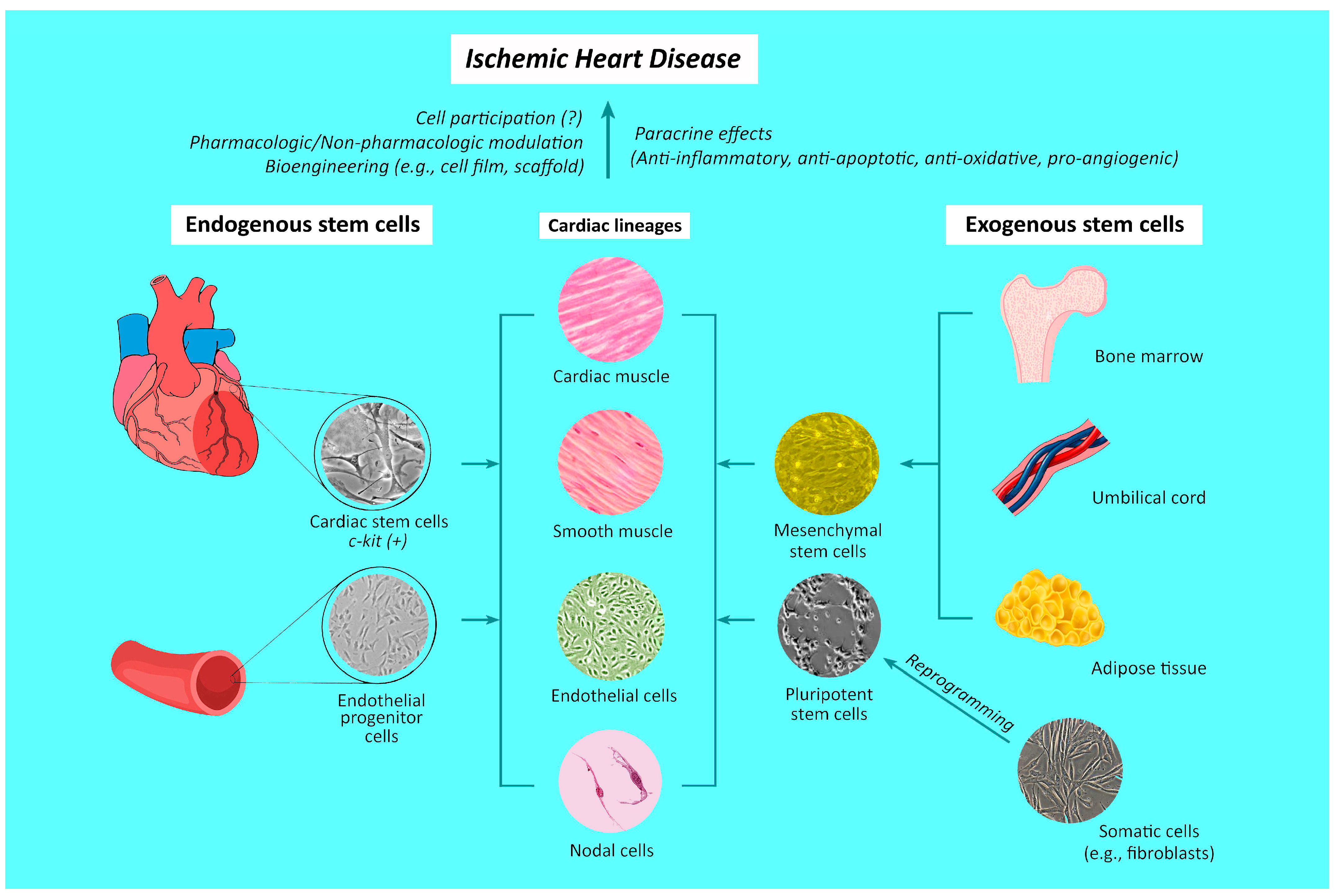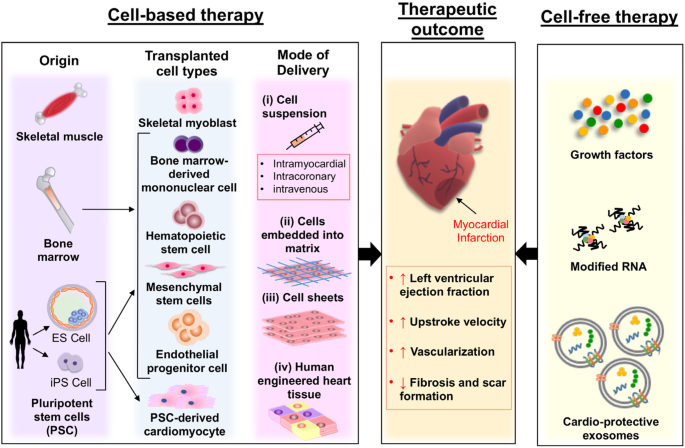Table of Contents
The writers note obstacles that remain, consisting of raising the engraftment success and cell survival. Due to the fact that the ISCI and Miller Institution are leaders around, the writers additionally emphasize the requirement to systematize definitions and outcomes actions in the field. "The Hare Laboratory remains at the forefront of introducing brand-new therapies in this essential medical domain.
Now we are discovering how to harness such stem cells to assist clients recover their own broken hearts."The study is directed by the Cedars-Sinai Heart Institute, with the collaboration of the Johns Hopkins College, where Dr. Marbn worked before joining Cedars-Sinai in 2007. The 24 people joining the research have hearts that were damaged and marked by heart assaults.

It takes around four weeks for the cells to increase to numbers sufficient for therapeutic usage, roughly 10 to 25 million. In the 3rd and final step, the now-multiplied stem cells are re-introduced into the individual's coronary arteries throughout a 2nd catheter procedure. All people in the research needed to have skilled cardiovascular disease within four weeks before enrolling in the research task.
Later on this summer, it is expected that 12 more clients will undertake procedures to receive 25 million stem cells, while 6 added clients will certainly be kept an eye on as controls. The initial client, Kenneth Milles, a 39-year-old controller for a tiny building company in the San Fernando Valley, experienced a cardiovascular disease on May 10 because of a 99 percent obstruction in the left former coming down artery, a significant artery of the heart.
The procedure to expand the cardiac-derived stem cells entailed in the research was established by Marbn when he got on the professors of Johns Hopkins College. The university has actually filed for a license on that intellectual home, and has certified it to a firm in which Dr. Marbn has an economic interest.

All funding was derived from the National Institutes of Wellness, the Donald W. Reynolds Foundation and Cedars-Sinai Medical. Marbn holds The Mark Siegel Family Members Structure Endowed Chair and Supervisor of the Heart Institute.
Is stem cell therapy right for Peripheral Artery Disease with regenerative medicine?
Stem cell therapy for heart failing has arised as a new way to deal with and take care of the core of the disease.
Stem cell therapy can help to minimize signs and enhance the heart's pumping capability. This treatment uses the capacity of stem cells to self-regenerate and self-heal. Following the admission of stem cell shots for congestive heart failing, several systems enter play: Stem cells for heart failing promote the formation of specialized cardiac muscular tissue cells and restore harmed cells, improving the heart's pumping capability.
These are kinds of grown-up stem cells that are acquired from bone marrow, fat cells, and skin cells. These are the most common and well-researched types of stem cells.
These are obtained from embryos and have the pluripotent potential to change into any kind of cells, including heart ones. The major problem with these cells is that, as they are taken from embryos, they have lots of moral and lawful restrictions and are just utilized in certain situations. for the reasons mentioned above.
Next-gen support for Heart Disease — what to expect
These cells come from in the heart and are appropriate to cardiac repair work. Please, call our medical consultant to discuss your health problem with an expert in regenerative medication. You can also leave your get in touch with information for a callback. It is complimentary and private. Clinical Expert, Swiss Medica medical professional The application and therapy of stem cell treatment is composed of five steps: Individuals start with an on-line appointment with our clinical consultant and are then evaluated by a cardiologist, who will obtain the needed medical background, carry out blood tests, and request imaging researches to determine whether stem cell therapy for cardiac arrest is a viable alternative.
We carry out stem cells through pain-free stem cell injections for coronary infarction. A highly educated doctor will certainly inject processed stem cells right into the blood stream; the whole treatment takes much less than an hour. After completing the coronary infarction stem cell therapy procedures, our patients will be kept track of for any kind of difficulties and outcomes.
Navigation
Latest Posts
Is stem cell therapy for Heart Disease — what the science says
Next-gen support for Heart Disease — what to expect
Are there supportive options for Peripheral Artery Disease with stem cells?